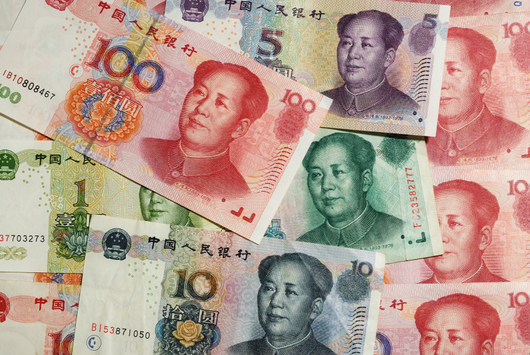We’ve seen stock markets around the globe fall dramatically. Though some look to the Chinese currency, Professor of Economics Kevin Zhang says the fall in global markets is not caused by China’s yuan.
Zhang:
The world economy has been in recession since the U.S. financial crisis in 2008. The dramatic fall in the global markets is not caused by—and has little to do with—the Chinese currency. In fact, the slowdown of the Chinese economy since last year has been partly caused by the weak world economy, mainly developed economies like the U.S. and Japan.
In the GDP growth rate in the last 10 years, China did very well with an average rate of 10 percent, while the U.S., Japan, and Germany had a rate of 1.5 to 2 percent. Even for the last three years, China had 7.4 to 8.0 percent, versus 0 to 2.5 percent for the other three countries.
China alone is responsible for at least one third of the global economic growth. Fluctuations in the U.S., Japanese, and German economies leading to reductions in imports from China led to a fall in China’s economic growth.
The recent fall in the Chinese currency (-1.9 percent on August 11, and -4 percent for the whole week) is very small relative to those of many other countries in the past year due to the strong U.S. dollar: Russia (-45 percent), Brazil (-35 percent), Australia (-21 percent), Mexico (-20 percent), Japan (-18), and the European Union (-17 percent). In the last 10 years, China has seen its currency increase in value.
Some officials say the drop in markets will not impact Chinese imports, because China is still heavily industrial. Do you agree with that statement?
No. China’s imports fell more than its exports. China is the largest exporting nation in the world, and its imports are closely related to its exports because a lot of China’s exports are generated by assembly and with intermediate products. As the global markets are weakening, China’s exports drop, and imports fall as well.
What steps do you think China might take now?
The bad external conditions, plus domestic problems, put China in a difficult position. Foreign trade is no longer a driving force for the Chinese economy due to weak global markets. China seems to be turning to internal stimulus measures. The Chinese currency is likely to be stable around the rate of 6.4RMB per U.S. dollar.

